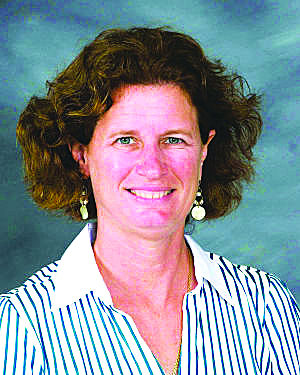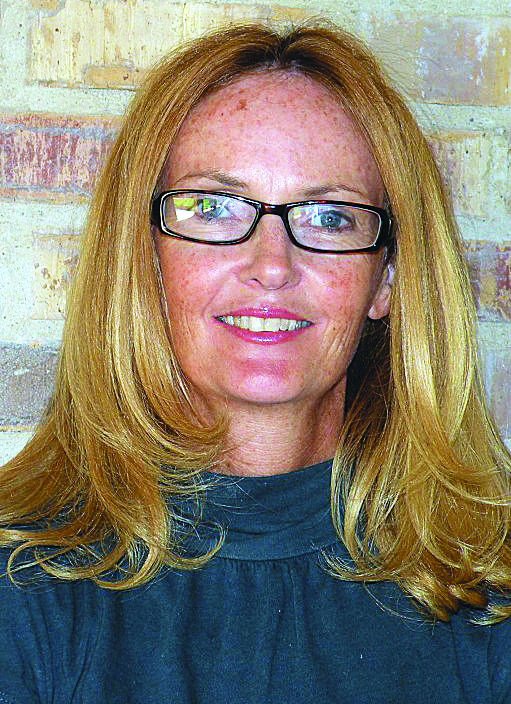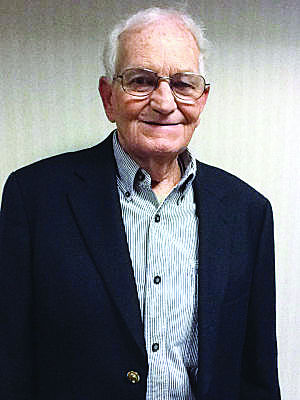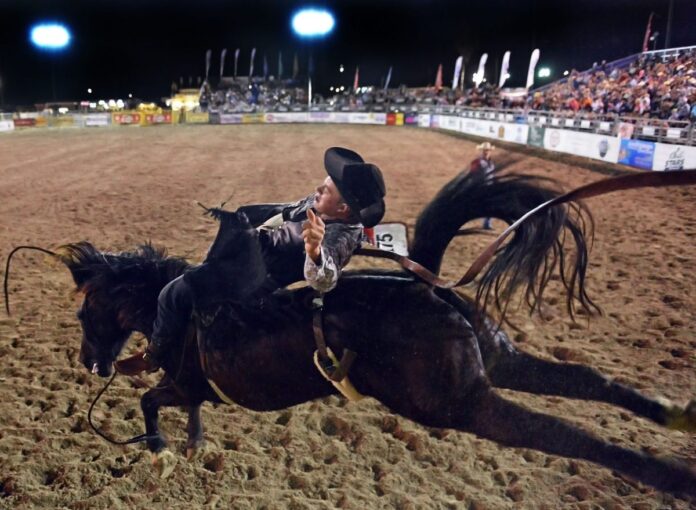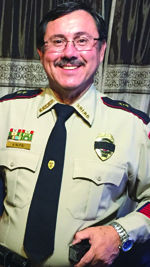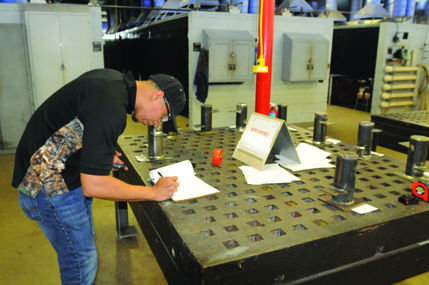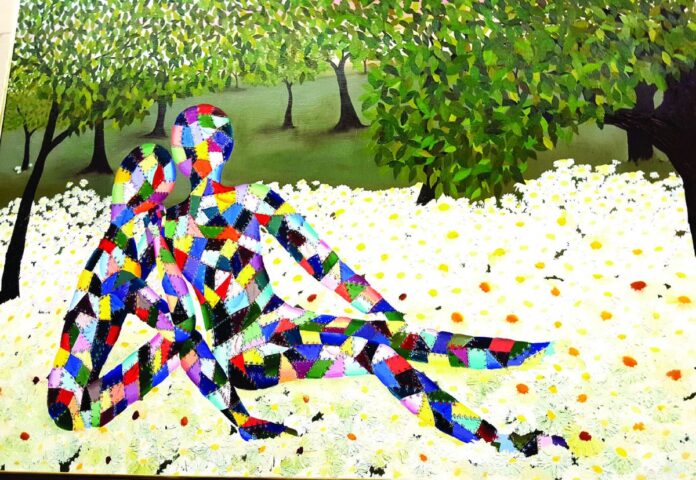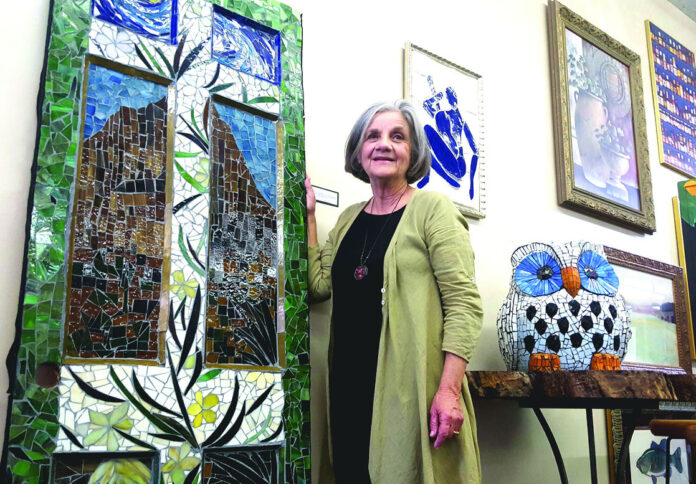“Alcoholism isn’t a spectator sport. Eventually the whole family gets to play.”
Joyce Rebeta-Burditt
As we are in the throes of Children of Alcoholics Awareness Month, the following articles are written with the purpose to promote further awareness on the subject…a most serious subject which still exists in our communities and society as a whole.
Alcoholism is a Disease, and Alcoholism is also a Family Disease. Statistics tell us that an Alcoholic affects at least 3 other people in their lives. I contend that the Alcoholic affects all whom they may come in contact with, but none are as affected as the millions of children being raised, or raised, in a home where one or more members are Alcoholic.
Imagine growing up with addictive parents. The alcoholic, or drug dependent, family is chaotic; inconsistent, with unclear roles, and has illogical and inappropriate thinking. Children reared in an Alcoholic home are affected physically, psychologically, socially and spiritually; and they learn three unwritten rules: Do Not Talk, Do Not Trust, and Do Not Feel. And, above all, they may carry those burdens throughout their lives.
But I will talk about that more later.
I was most fortunate in my early career in the mental health and chemical dependency fields to be sent to the finest schools of chemical dependency thought. To aid in developing base level programs of drug and alcohol evaluation and treatment, the Air Force sent me to many schools throughout the United States.
None were as intense in the training as the Johnson Institute in Minnesota and the University of Utah School Of Alcohol and Drug Studies. It was at the Johnson Institute that we met and received training from the famous Verne Johnson and Sharon Wegsheider (since named Sharon Wegsheider-Cruise). Sharon and her colleagues developed the “family of alcoholism” models, and coined the terms “Children of Alcoholics” (COA), “Adult Children of Alcoholics” (ACOA), and “Intervention.” I learned that when there is an alcoholic in the family the whole family takes on alcoholism behaviors; their whole world revolves around the alcoholic. And the family members, in order to cope and survive, take on a number of roles that are very definitive and recognizable.
I also learned of another aspect of alcoholism and the family: The Fetal Alcohol Syndrome (FAS), now called Fetal Alcohol Spectrum Disorders (FASDs). I use the term alcoholism, bur remember that the same discourse holds true for addiction to other chemical substances other than alcohol as well. First, let’s look at the roles in the family.
It is estimated that in excess of 30 million children are affected by alcoholism and other substances of addiction in the family setting, and when we look at adults reared in an alcoholic home the numbers are even more staggering.
As human behavior is foremost a product of learning, so it is factual among the children of alcoholics.
Wegsheider and others have defined roles that children engage in as learned mechanisms of adapting and coping in the alcoholic family, as well as other dysfunctional families (through sexual abuse, emotional abuse, and physical abuse). The adaptive roles are usually related to their sibling position in the family (eldest, middle child, and youngest child).
The eldest child may take on the roles as a “family hero.” The family hero is usually the eldest child. This child is usually the confidant of the Non-alcoholic parent (often called the “Co-dependent”). The child in this role knows what is happening in the family, and therefore takes on a role of being highly responsible. They learn to anticipate the needs and wants of the others in the family. They learn that achievement is a means of gaining recognition and compliments.
Being the “caretakers” of the family has its down sides: The hero in his/her attempts of “fixing” the family, and fulfilling the self-worth of others (and failing to do so), often have thoughts of inadequacy concerning themselves. No amount of achievement can make the “bad” thoughts and feelings go away.
These children are often over-achievers, perfectionists, and super-responsible. They search for approval and appreciation. In summary, the family hero has feelings and thoughts of loneliness, inadequacy, confusion, and anger. They put up a wall of defenses that include working hard for approval, appearing “all-together,” developing independence away from the family, being super-responsible, and success.
Middle children in an alcoholic family may take of a role of a “Scapegoat.” The scapegoat is usually seen as the problem child. They are disruptive and act-out. Their disruptive behavior takes the attention away from the family dysfunction and demands immediate attention. They learn to be manipulative. They think and feel apart from other members of the family.
In their efforts to stay connected, however, they become further disconnected and disruptive and they develop a sense of being responsible for the chaos of the alcoholism. These children often tend to turn inward with feelings of self-pity, defiance, and hostility as they have difficulties in expressing their thoughts and feelings positively toward others. They look outside the family for individuals who will give them a sense of self-worth.
Scapegoat children are at the highest risk for gravitating toward unhealthy peer relationships and substance abuse at the earliest age. In summary, the scapegoat child has thoughts and feelings of loneliness, anger, fear, and rejection. Their wall of defenses include chemical abuse, sullenness, acting out, unplanned pregnancy, withdrawing, and development of unhealthy strong peer values.
The next youngest child in an alcoholic family may take of the role of the “Lost Child.” The lost child has often been referred to as the “flip-side” of the scapegoat. Although both roles may exhibit the same thoughts and feelings of being unimportant and disconnected, they react most differently. The lost child attempts to disconnect from the alcoholism chaos by being isolated and alone. They rarely ever need attention or create any problems, and never get into trouble. The isolating behavior is a relief from the stress of the family and the behavior complements the withdrawal.
These children are often excluded from information concerning the family. Communication with others is problematic. They often enter a fantasy world to escape the chaos around them, through television; reading, music, and the internet. Escaping in fantasy they think and feel they have control, as in the real world they are never quite sure just what is real.
The lost child had thoughts and feelings of loneliness, hurt, inadequacy, and anger. Their wall of defenses includes quietness, distance, sometimes overweight, aloofness and withdrawing.
The youngest child in a family of Alcoholism takes on the role of the “Mascot.” They are in the most protected position in the family and often have no idea of what is happening in the family. They are seen as “cute” by others, and bring humor and fun to the family. They learn early that acting out in humor, doing something funny they may break up arguments and disagreements in the family. They learn that their behavior is rewarded by the family which gives them gets them the attention they need, a sense of control, and good feelings. As a result, the mascot is often hyperactive and does anything to get a laugh. The mascot child most often has loneliness, since others know only the “clown” and not the real person. The mascot child has thoughts and feelings of fear, insecurity, confusion and loneliness.
Their wall of defenses includes doing anything to attract attention, being super-cute, fragility, hyperactive, and clowning around.
All of the roles are representative of dysfunctional and rigid method for children to survive in an alcoholic environment. At times there may be overlap with the roles being played out among children of alcoholism and if not intervened with in childhood they will progress into adulthood.
For many years Alcoholics and other chemically dependent individuals were treated in separation from the family. Facilities such as the Johnson Institute were the first ones to see alcoholism as a family disorder, the whole family needs treatment. They were among the first clinicians to begin family programs in treatment, a practice that is commonplace in treatment and counseling centers today.
Children of alcoholics have a commonality. They have learned not to talk about the family or their problems, they had learned to not share their feelings (or perhaps not even to have feelings), and they are distrustful of others. In providing help for these children recovering family members, foster parents and clinicians need to assist the child in developing trust toward them. It is only then that they may help and allow the child to be open and honest with their thoughts and feelings. They need to understand and be shown through example what a “normal” family is, with the respective healthy roles of family members. But above all, children need to be in a family setting where they have a sense of safety and security.
Next week, in Part II of this article, we will explore another area of children of addiction, Fetal Alcohol Spectrum Disorders. Until then, Stay Healthy my Friends!

